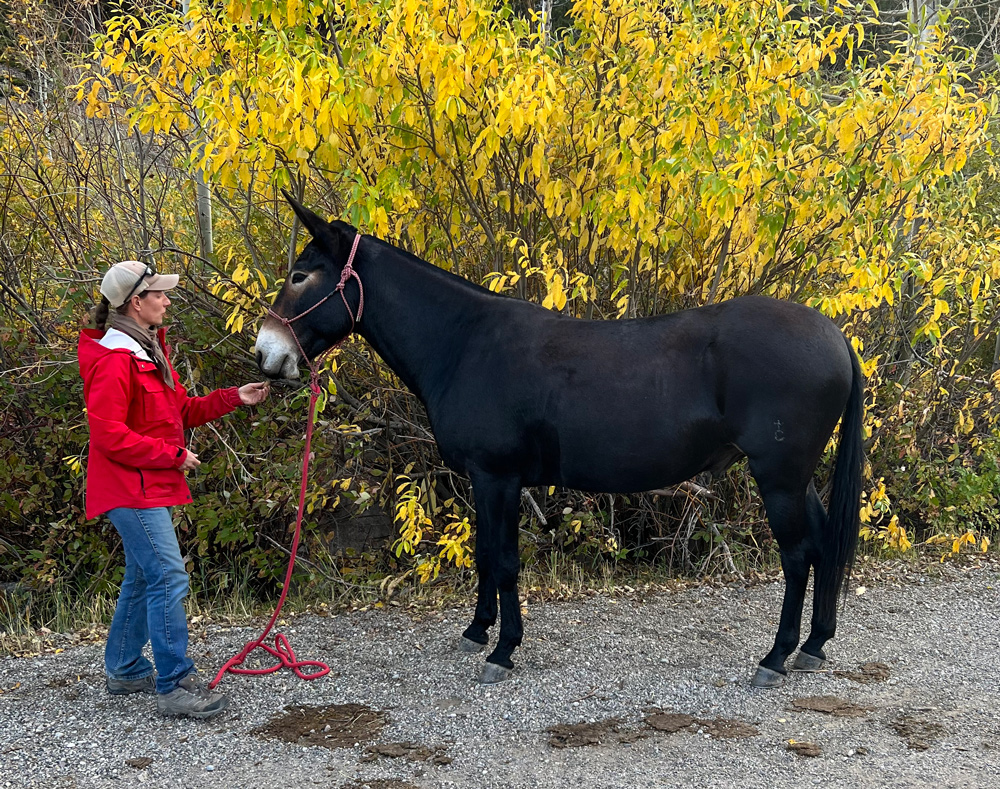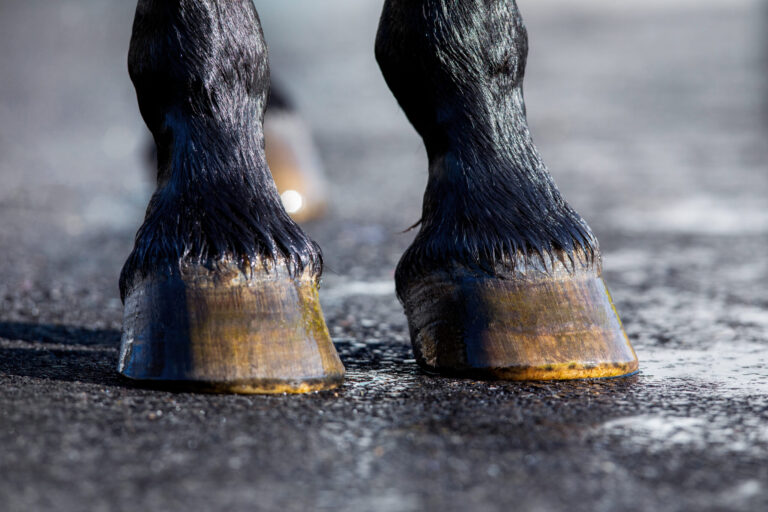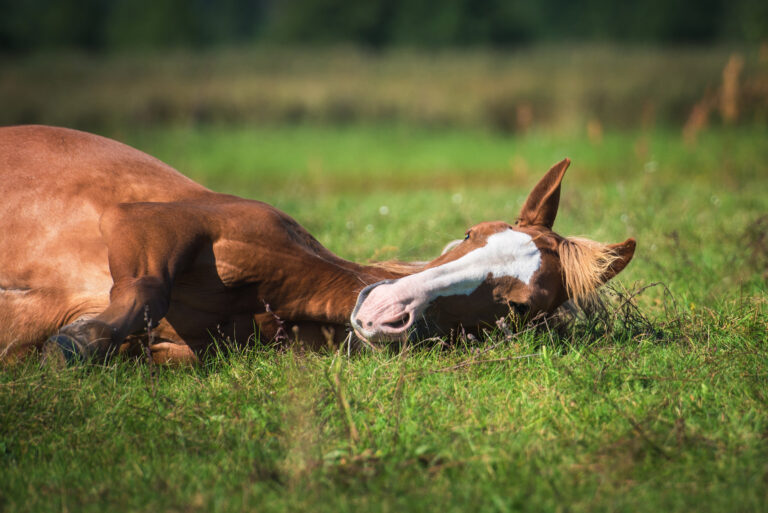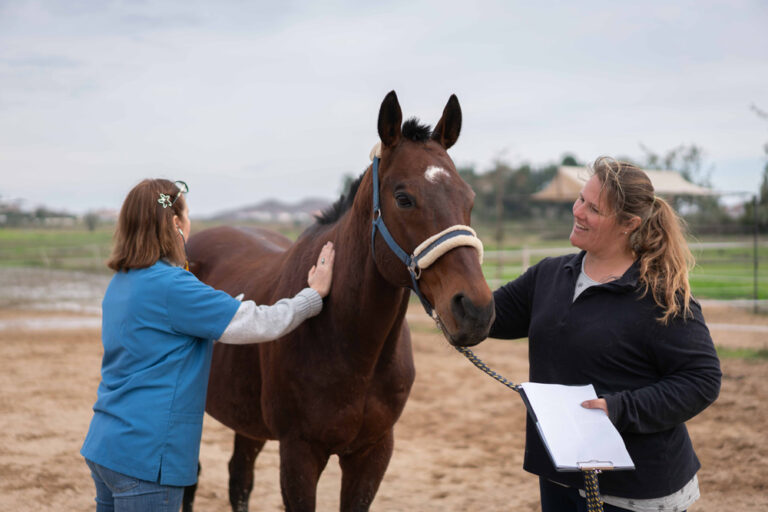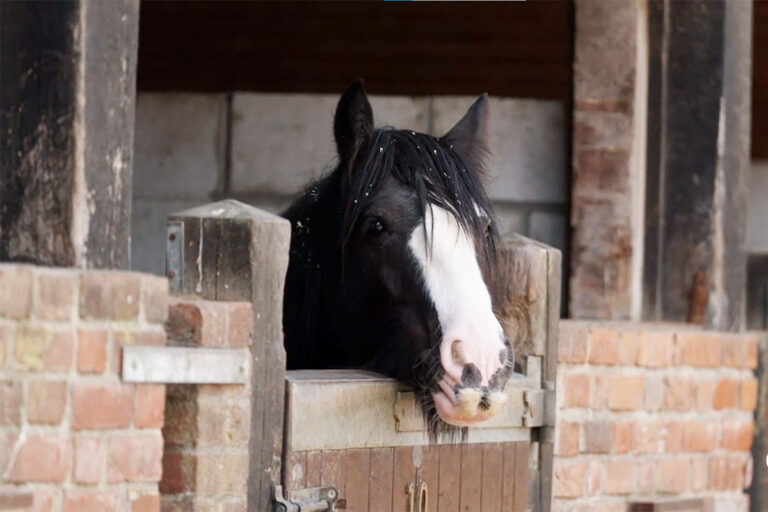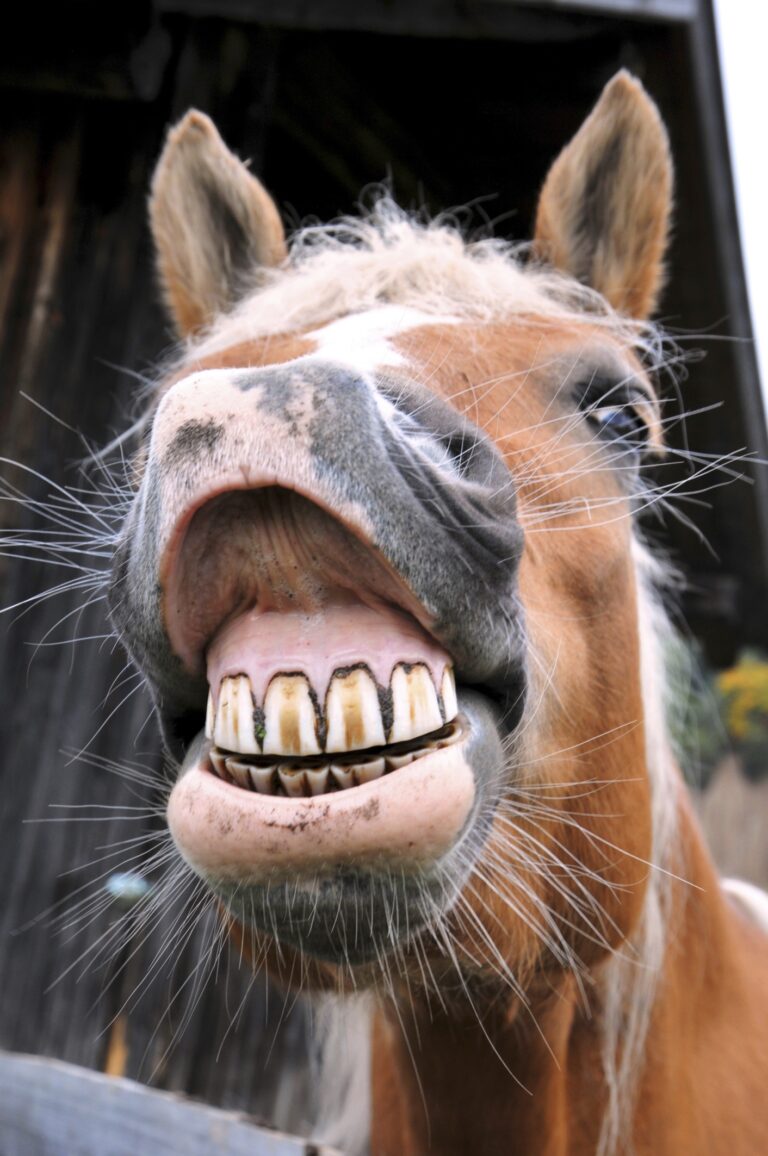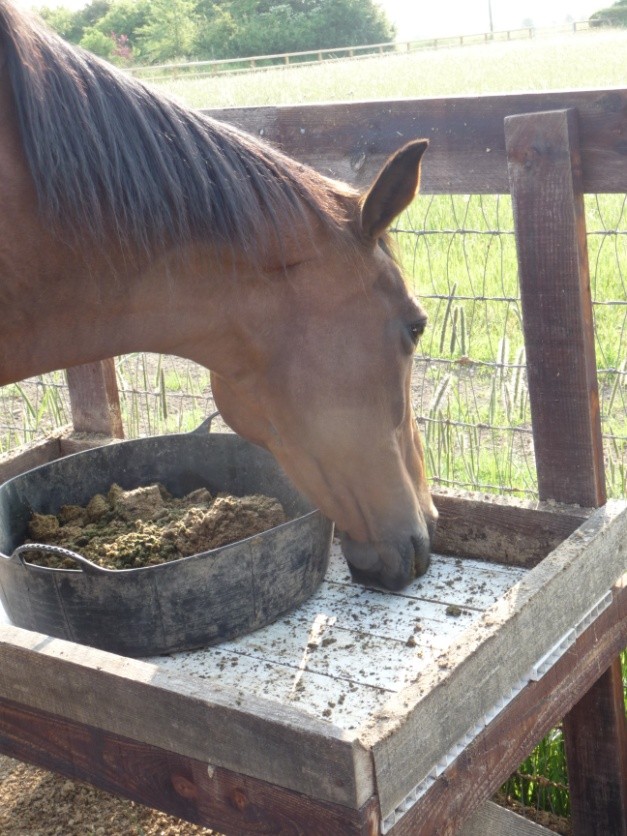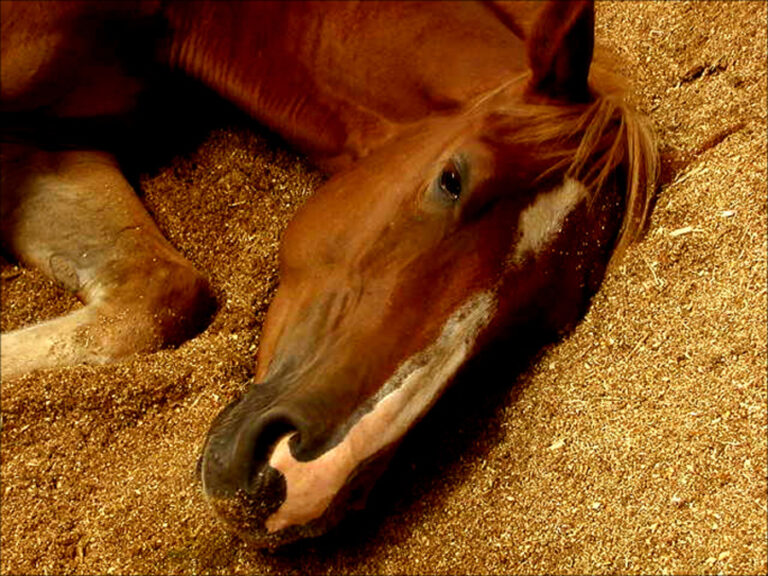Sometimes we don’t know as much about mules as we should. For example, researchers said information on mule heart rate, variability, and rhythm irregularities is lacking in the scientific literature. However, mules (mare mother crossed with male donkey or jack father) have known physiologic differences that are important for owners to understand.
This research using a 24-hour electrocardiogram (ECG) showed to be a feasible way to collect data on mule cardiac parameters and arrhythmias.
Data from this pilot suggested that heart rate (beats per minute or bpm) and heart rate variability (HRV or the variation in time between heart beats) in mules is more similar to horses than donkeys.
Research Study
Researchers noted that mules and donkeys are the fifth-largest equine population in the U.S., “yet basic information such as heart rate and arrhythmia prevalence in mules has not been described.”
They said analysis of heart rate variability (HRV) provides valuable insight into physiologic and autonomic differences between mules, horses, and donkeys.
“We aimed to pilot the evaluation of heart rate and variability in a healthy population of mules using a 24-hour electrocardiogram,” noted the researchers. “Twenty-four-hour ambulatory electrocardiogram (aECG) recordings were collected from an athletic population of seven privately owned, healthy mules in Northern California.”
Results
An average heart rate of 32-42 bpm was recorded in the seven animals. Minimum heart rate was 16-24 bpm, and maximum was 70-156 bpm. Individual animals had heart issues such as supraventricular complexes, sinoatrial heart block, and second-degree atrioventricular block during the observation period.
Electrocardiographic evaluation of these animals over 24 hours found heart rate to be similar to horses and lower than in donkeys. “Arrhythmias were consistent with the range of cardiac rhythms observed in horses and more frequent than reported in donkeys,” noted the researchers.
They recommended using a larger population of animals to create reference values for mules.
The open-access research was titled Pilot Study: Heart Rate and Heart Rate Variability Indices in Mules Evaluated by 24-Hour Electrocardiogram. It was published in Animals and was authored by Lauren T Maas, Jessica Morgan, Jordan Case, David Chell, Amy K. McLean, all of the University of California, Davis.
Further Content
- Mules and Hinnies: A Scientific Point of View. Dr. Amy McLean. MySeniorHorse.com
- Pilot Study comparing hematologic and serum biochemical parameters in healthy horses (Equus caballus) and mules. A.K. McLean and W. Wang. 2013. 2-13. Proceedings of 2013 Equine Science Society Symposium, Jrnl of Equine Vet Sci, 33 (5) May 2013. 352-4
- Hematological and serum biochemical parameters in healthy working horses, donkeys, mules and hinnies in Portugal and Spain. 2014. A.K. McLean; W. Wang; F.J. Navas-Gonzalez; J.B. Rodrigues. 2014. Proceedings 7th International Colloquium on Working Equid, Royal Holloay, University of London, London, U.K. pg 201
- Donkey and Mule Behavior. 2019. Amy K. McLean, Francisco Javier Navas Gonzalez, and Igor Fredericko Canisso. In “Diseases of Donkeys and Mules in Vet Clinics of North America.” Elsevier, 35 (2019). Pp 575-588.
- Comparing and contrasting knowledge on mules and hinnies as a tool to comprehend their behavior and improve their welfare. 2019. Amy McLean, Angela Varnum, Ahmed Ali, Camie Heleski, Francisco Javier Navas Gonzalez. Animals, July 2019, 9, 488. http://doi:10.3390/ani9080488
- Reference intervals for hematological and blood chemistry reference values in healthy mules and hinnies. 2016. A.K. McLean, W. Wang, F.J. Navas-Gonzalez, J.B. Rodrigues. 2016. Comp Clin Path, 25:3 May 2016. DOI:10.1007/s00580-016-2276-3.
- How to Measure Horses, Donkeys, and Mules. MySeniorHorse.com
- How Long Can a Horse, Donkey, or Mule Live? Kimberly S. Brown. MySeniorHorse.com
-
Kimberly S. Brown is an award-winning writer and publisher. She is the Editorial Director for My Senior Horse. Brown spent 10 years at Equine Network, parent company of My Senior Horse. Prior to that she worked for three years in equine nutrition after she retired from nearly 30 years working at The Blood-Horse. Brown spent the last 15 years of her time at that organization creating and developing The Horse and TheHorse.com.View all posts

